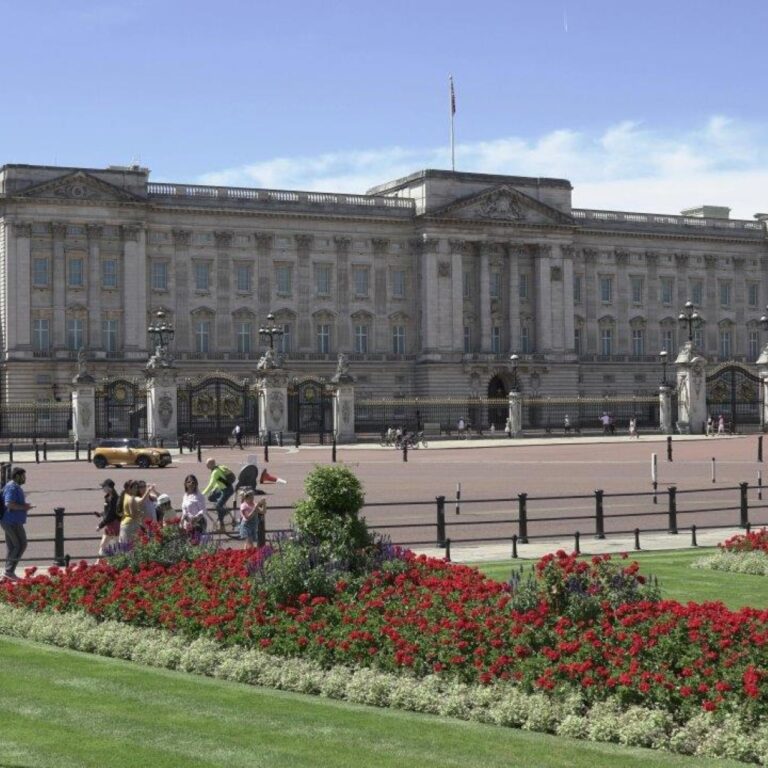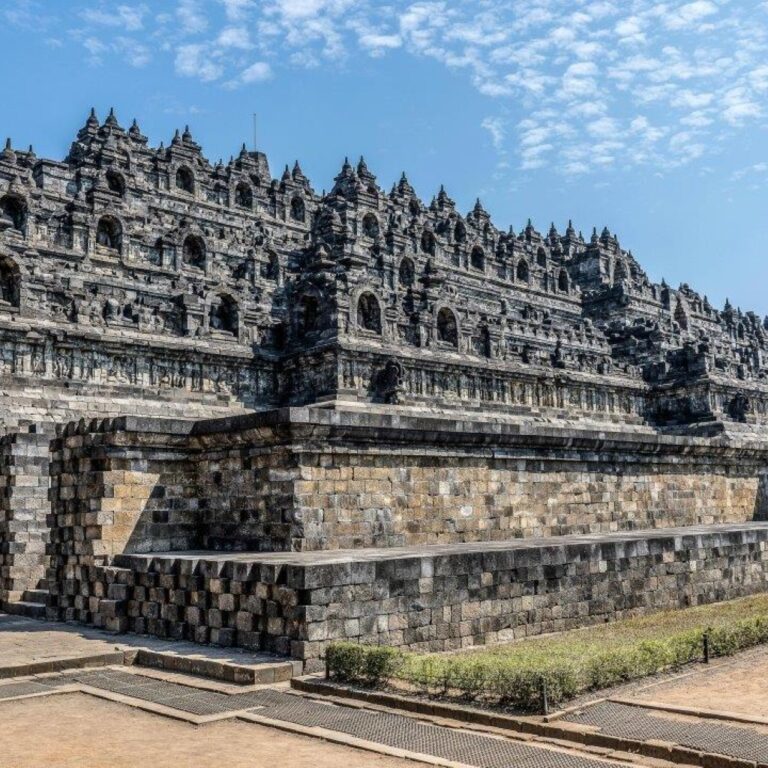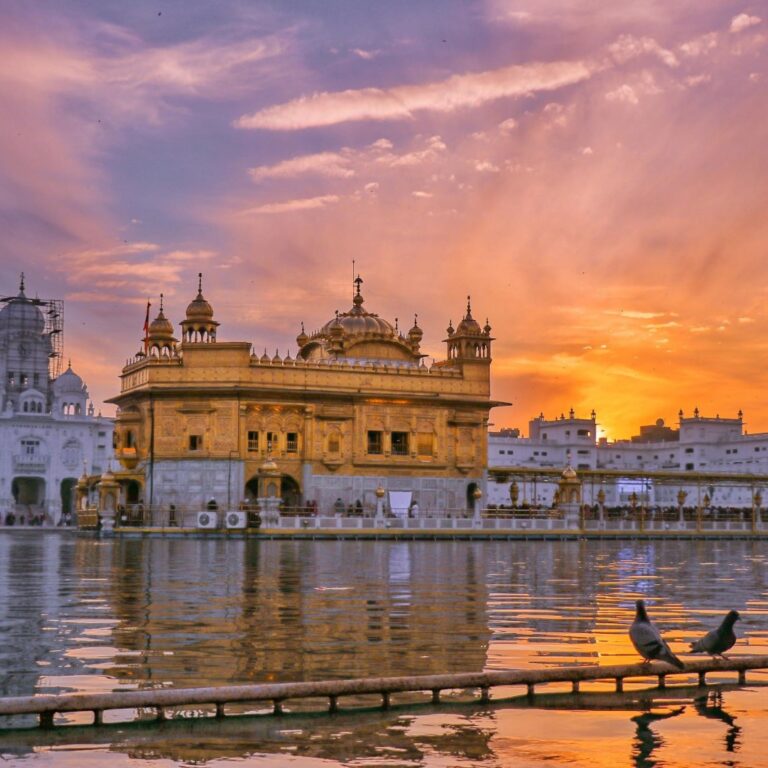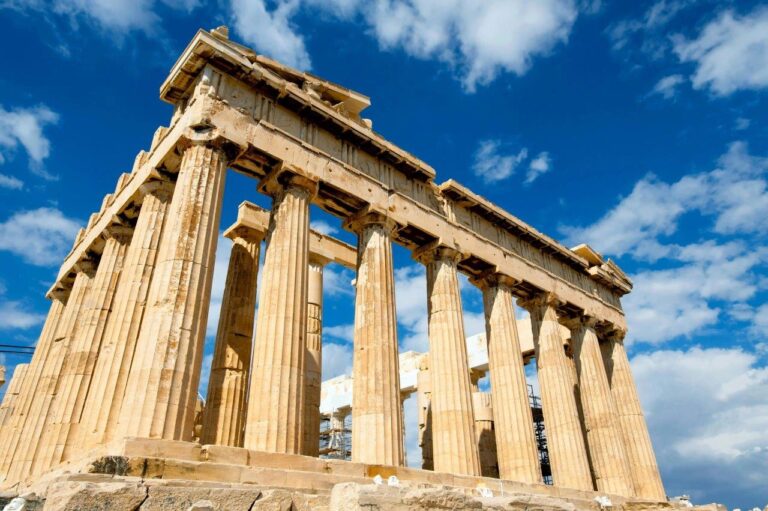In 1703, the Duke of Buckingham built what is now Buckingham Palace and originally called it Buckingham House.
The palace became the official royal residence in 1837 when Queen Victoria ascended to the throne.
Buckingham Palace has 775 rooms, including 19 state rooms, 52 royal and guest bedrooms, 188 staff bedrooms, 92 offices, and 78 bathrooms.
The palace's garden covers 40 acres and is home to over 30 different species of birds and more than 350 types of wildflowers.
The famous balcony of Buckingham Palace is where the royal family gathers to greet crowds during significant events and celebrations.
The palace's interior features a stunning array of artworks, including works by Rembrandt, Rubens, Vermeer, and Canaletto.
Buckingham Palace is guarded by the Queen's Guard, known for their distinctive red uniforms and bearskin hats.
The Changing of the Guard ceremony at Buckingham Palace is a popular tourist attraction and takes place daily during the summer and every other day during the winter.
During World War II, Buckingham Palace was bombed nine times, with King George VI and Queen Elizabeth narrowly escaping injury on one occasion.
The palace has its own post office, cinema, swimming pool, doctor's surgery, and even a cash machine.
Buckingham Palace's grand ballroom, completed in 1855, is the largest room in the palace and is used for state banquets and official events.
The palace is home to the Royal Mews, which houses the royal family's horses, carriages, and motor vehicles.
The Queen's Gallery at Buckingham Palace is open to the public and displays rotating exhibitions of art from the Royal Collection.
The palace employs over 800 staff members, including footmen, chefs, housekeepers, and gardeners.
Each year, Buckingham Palace hosts numerous events, including garden parties, receptions, and investitures, welcoming tens of thousands of guests.



